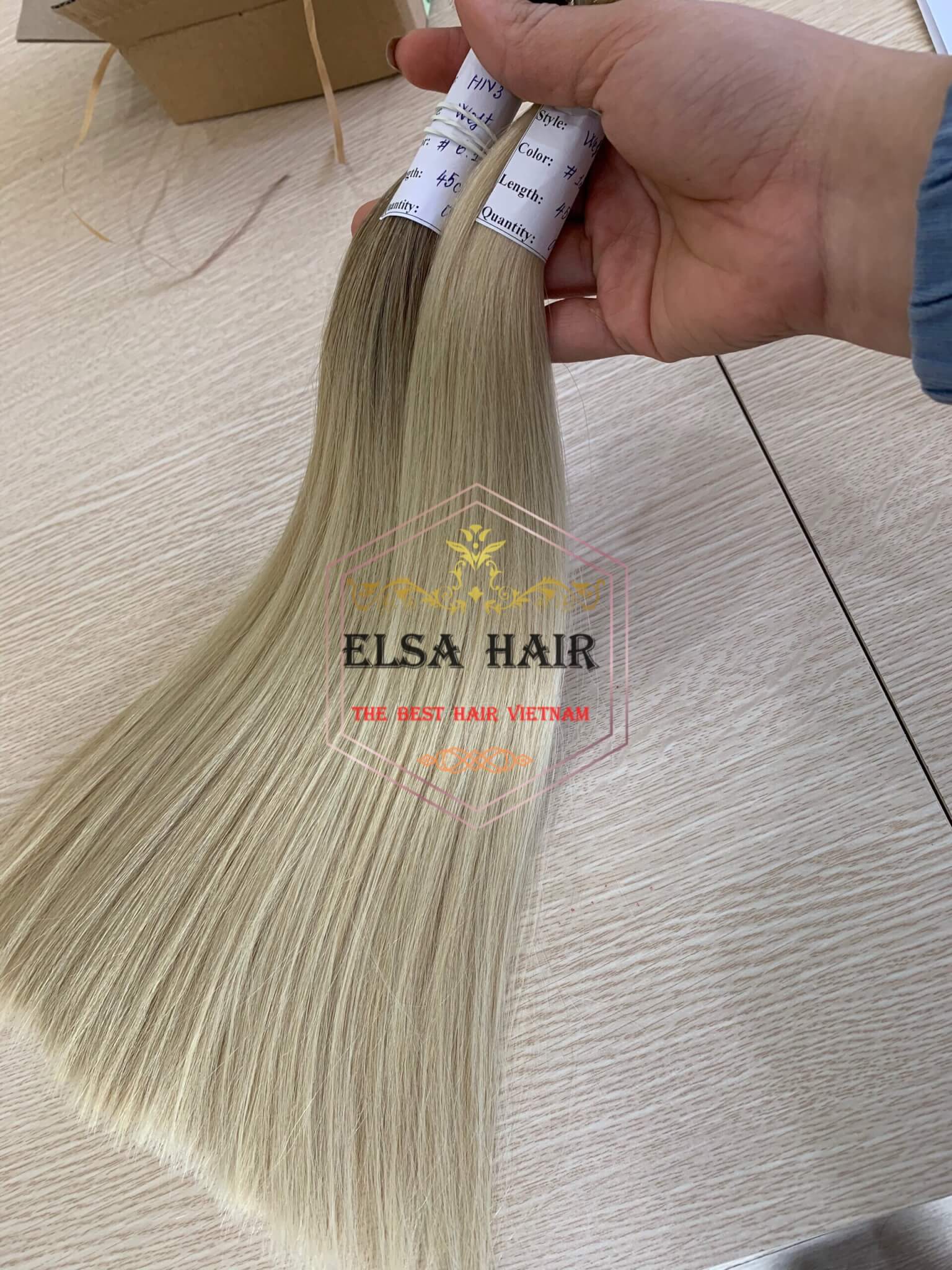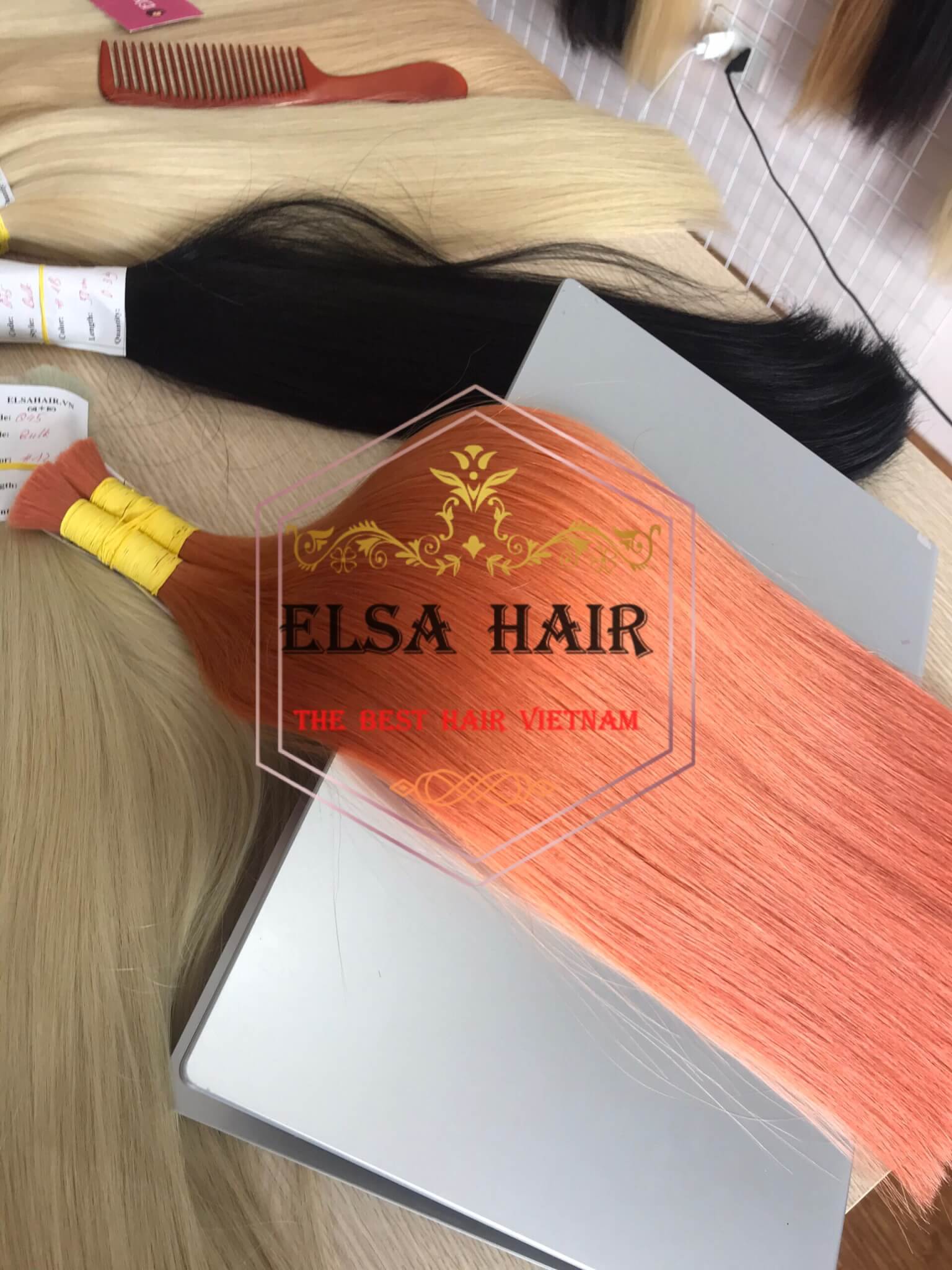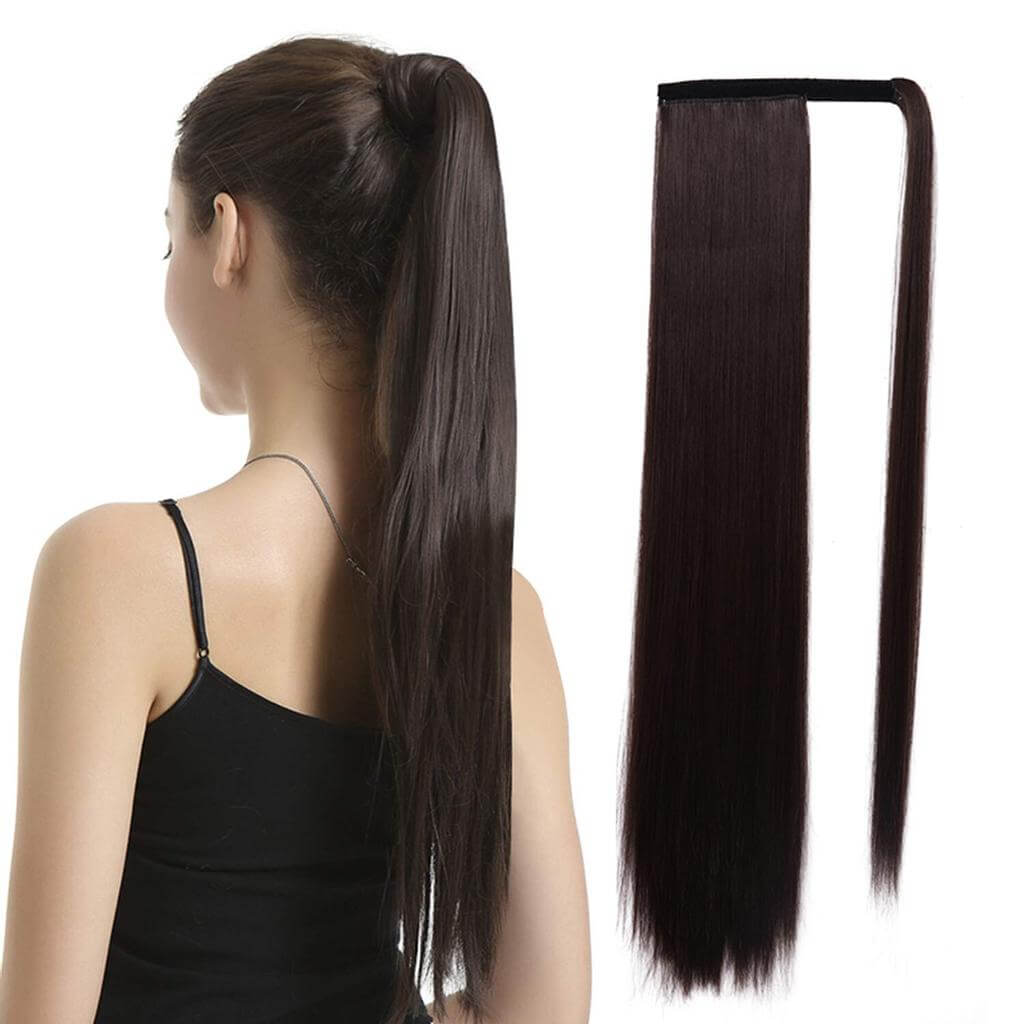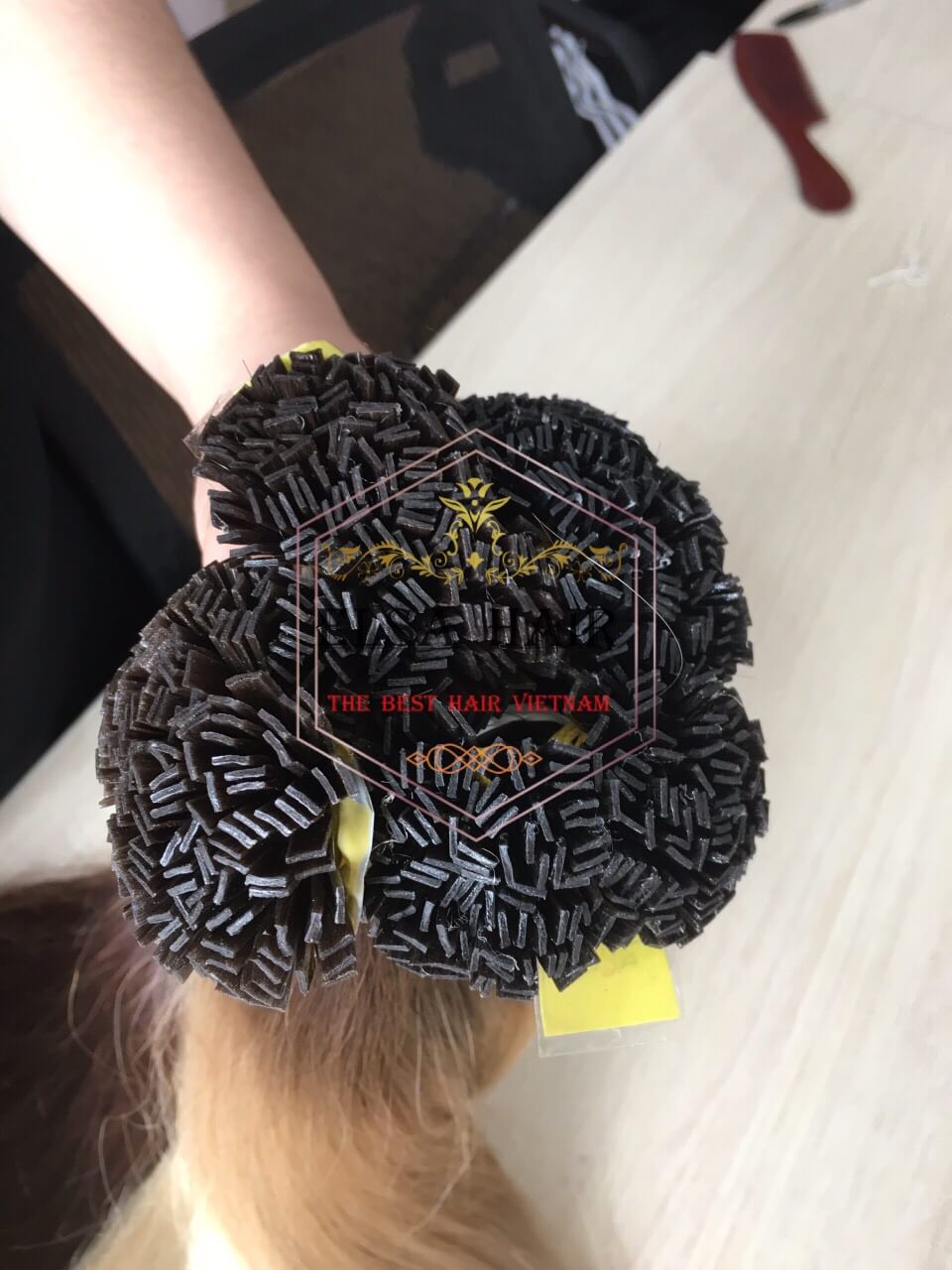To prevent those things from happening, or to repair your hair if it’s already damaged, follow this advice from the pros at ELSA.
1. Lower the Temperature on Your Tools
May the good lord bless and keep your curling iron, flat iron and blow dryer. They’re the magic wands that transform your ordinary or unruly hair into luscious waves and curls or voluminous, blown-out goodness. But with all that heat comes heat damage—dryness, brittleness and flyaways.
According to Elsa pros, one of the biggest mistakes people make is setting the temperature too high when styling hair with heat. Unless you have super thick or coarse hair, you’ll get the job done with a mid-range temperature-setting on your tools. And skip the heat styling altogether when possible. Check out air-dry formulas that help form and hold your hair without heat. When you do hit the heat, always use a heat protection product to shield your hair from thermal damage.

2. Handle Wet Hair with Care
Any hair is at its most vulnerable when it’s wet. And the potential for damage really accelerates if your wet hair is fine, curly or fragile. So handle with care. Never try to pull a brush through your wet hair, unless it’s a brush specifically designed for the task.
Most pros recommend using a wide-tooth comb to detangle. When you step out of the shower, skip vigorous rubbing. Instead, gently blot your hair with a fluffy towel, or better still, with a microfiber cloth or soft t-shirt. Doing this avoids friction that can put stress on vulnerable hair. Don’t secure your hair with an elastic band when it’s wet either—that can cause breakage.

3. Indulge in Rich and Healing Hair Masks
Hair masks are the special ops of conditioning. They contain high concentrations of reparative and moisturizing ingredients, like vitamins, oils and naturally-sourced elements. They’re also thicker than regular conditioners, so when you apply them to damp hair, they stay put. That gives these formulas time to penetrate more deeply into the hair surface and fill in the gaps and nicks that develop on the surface of damaged hair. Masks keep working even after you rinse them.
Find a mask that’s right for your hair type—for example, color-treated or extra coarse and unruly. Use your hair treatment mask twice a week or more, faithfully. And don’t be in a hurry—the longer you leave it on the more effective it will be.

4. Embrace Leave-Ins
Leave-in hair treatments and conditioners are like round-the-clock bodyguards for your hair. They serve and protect from shampoo to shampoo because you don’t rinse them out. Like most hair products, leave-ins can be matched to your hair type.
A leave in for vividly-colored hair, for example, will offer UV hair protection to prevent color from fading. A leave-in for frizzy, unruly hair will add moisture and make your hair smoother and more manageable. For best results, apply leave-ins to damp, not soaking wet, hair, and comb through with a wide-tooth comb for even distribution.









